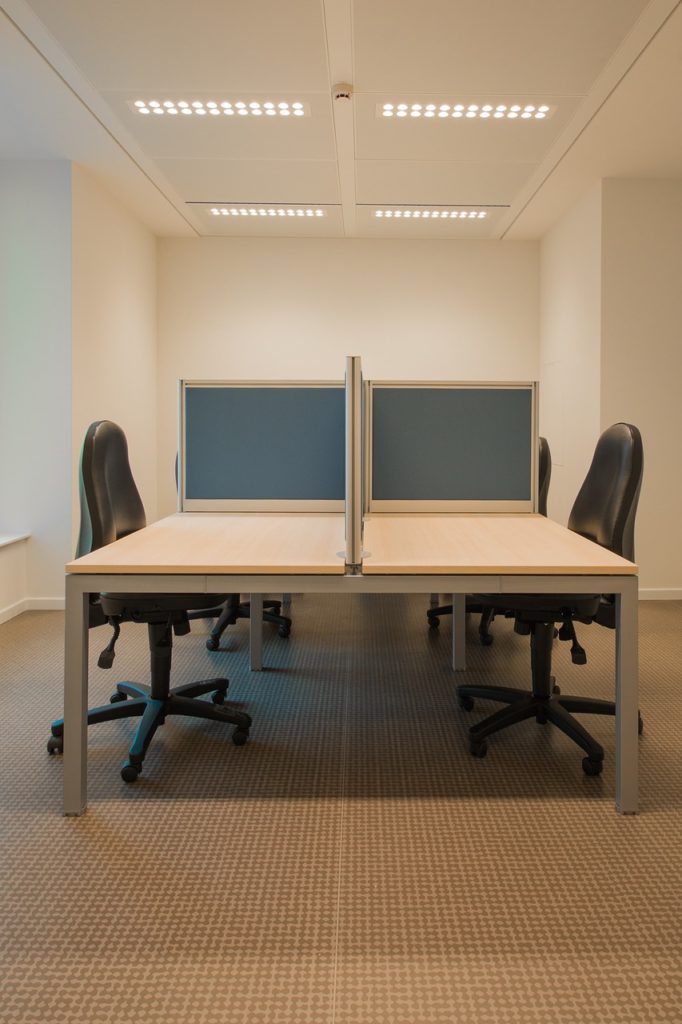“The work environment can bring out the ‘best’ or the ‘worst’ in you.”
― Abhishek Ratna
The company where I’m working currently is undergoing some re-organization because of extra building of the facilities and soon some departments will move to a different area of the building having their own office. There’s been some chit-chat about whether open space office is still a better choice than the older model and I hear some comments from nearby colleagues as well about it. Sure, open space has been the norm for quite a few years now, representing the modern way of working where all colleagues are essentially in contact at all times. This brings some things like teamwork, sense of belonging, rapport building etc. to light much easier, but as it so happens, it also has some negative impact which I wanted to discuss. Based on that, writing this article, I’d like to try and determine the pros and cons of both ways of working and then see which one really is the better choice overall. Incidentally, this also really influences the overall employee satisfaction as well which makes it more important a topic than it lets on at first. Let’s dive into it.

Open space vs. Closed office
Quite the noisy way to work in open space, I have to say. Anyone who has ever worked in bigger companies knows how noisy it can get in open space where everyone is in one place at once basically. This allows colleagues to be in constant contact whether operationally or just for plain drawing energy purposes, it works well for extroverted employees but not so well for introverted ones. The modern way of work requires and aspires for a more agile method of completing daily activities so an environment like open space is feasible because communication can travel fast without too much fuss about the written e-mail confirmations (although this is always advisable). As this communication can travel fast it can also be heard by almost everyone else and if we’re talking about sensitive information from departments like HR or Finance, this can get tricky. Closed office would then be far more advisable because the departments do retain some sort of security of information breach and their own independence in terms of company identity. Open space muddies the waters of each individual department and natural autonomy of each function becomes a bit shaky. I’m more of a fan of the old-school approach because it screams structure, order and due process while the modern open space resembles more of a laissez-faire, chaotic and too much freedom-oriented working environment, and that’s never good in my opinion. Both ways of working have different pros and cons but just by the mere fact that one resembles to a more structured than the chaotic approach should be enough to make a more conservative approach.

What determines the choice
Management or sometimes even HR can decide what kind of office environment the company will have. If a fast-paced environment with agile methodologies as core functions are of the greatest importance, then open space would be the good choice. If structure and organizational effect is at the top of the priority list, then closed office with individual, isolated departments is the better choice. The most effective choice would be somewhere in between those two, in my opinion. You don’t want the organization to be as laissez-faire as possible but at the same time you don’t want it to be too linear or hierarchical. You lose something with either one but gain everything with a combination. Another determining factor is the company culture of which people are comprised. If employees are more leaning on one side than the other, it’s an indicator of which one to choose to balance it all out in the end. There’s also one other trigger which basically seals the deal of which to choose as a definite option, in my opinion, and that’s legal and ethical compliance of any department. Due diligence and operating by the book are the staple priority of any company and open space can sometimes infringe on that because, as mentioned, there’s little room for sensitive topics to be discussed in private. For example, HR cannot discuss one’s health issues in an open space next to engineers or a third-party in the waiting area. Discretion, if highly sought after, can be found in the realm of a more conservative working environment.
Takeaway
Choosing the right working environment can do wonders for the employee performance, engagement and overall organizational culture. The company first must know the identity of the working method they want to propagate throughout the whole company also as a form of culture. Depending on the agility method as well as to what degree ethics want to be adhered to the right environment can be chosen. At first glance, this isn’t as important as one might think, but it certainly influences the employee atmosphere and creates long-term effects, be it positive or negative. It’s vital for a company to find the right balance between the office technicalities so it has a positive effect on the employees and ultimately their performance.
